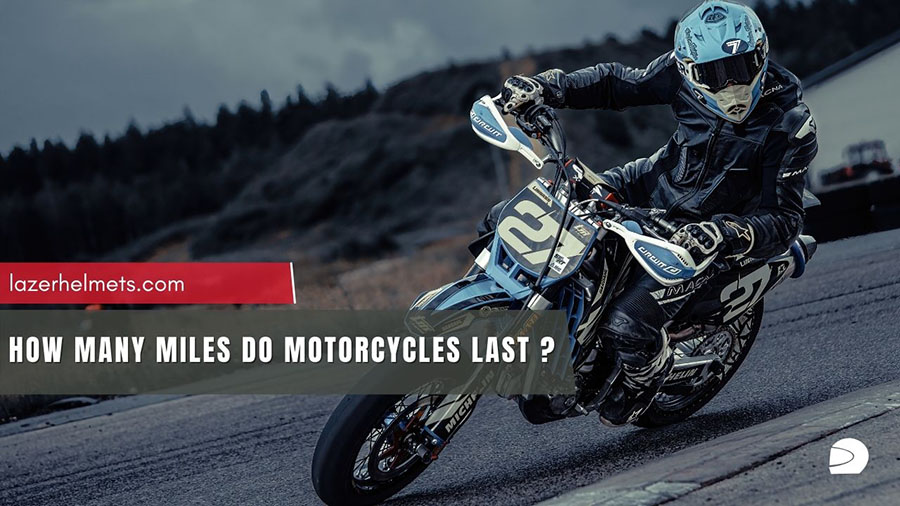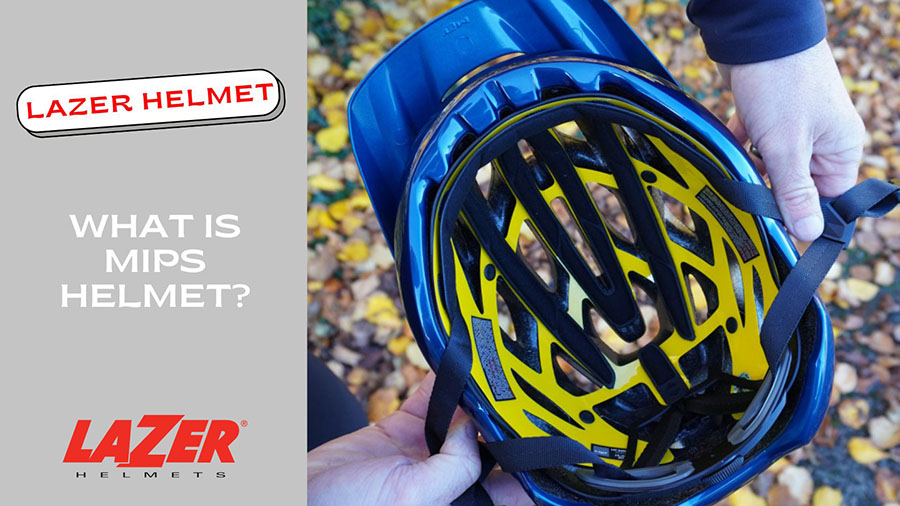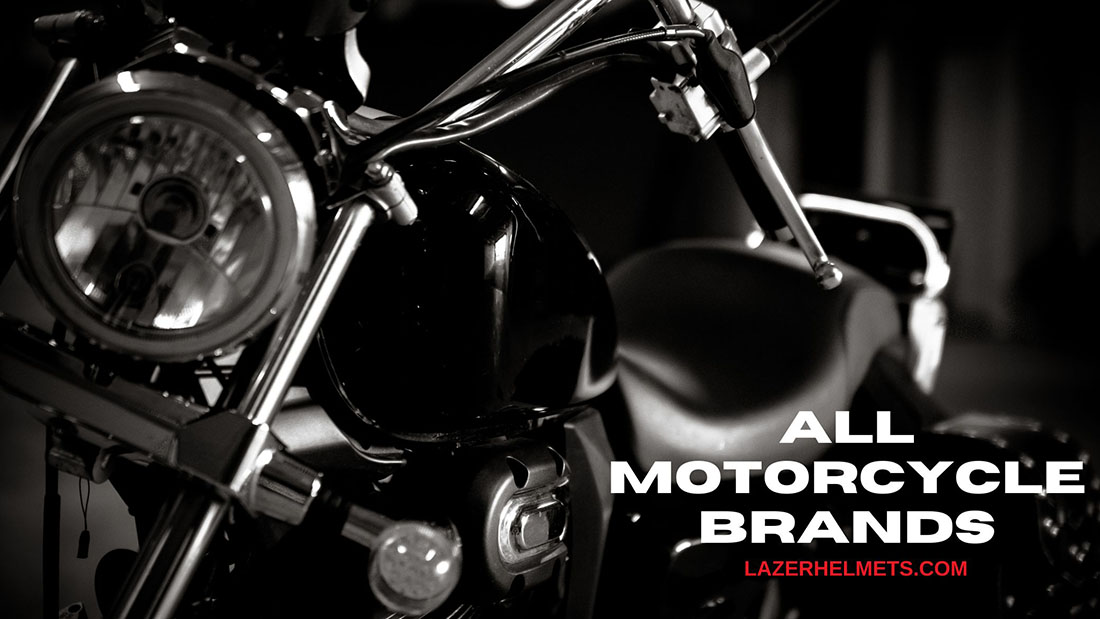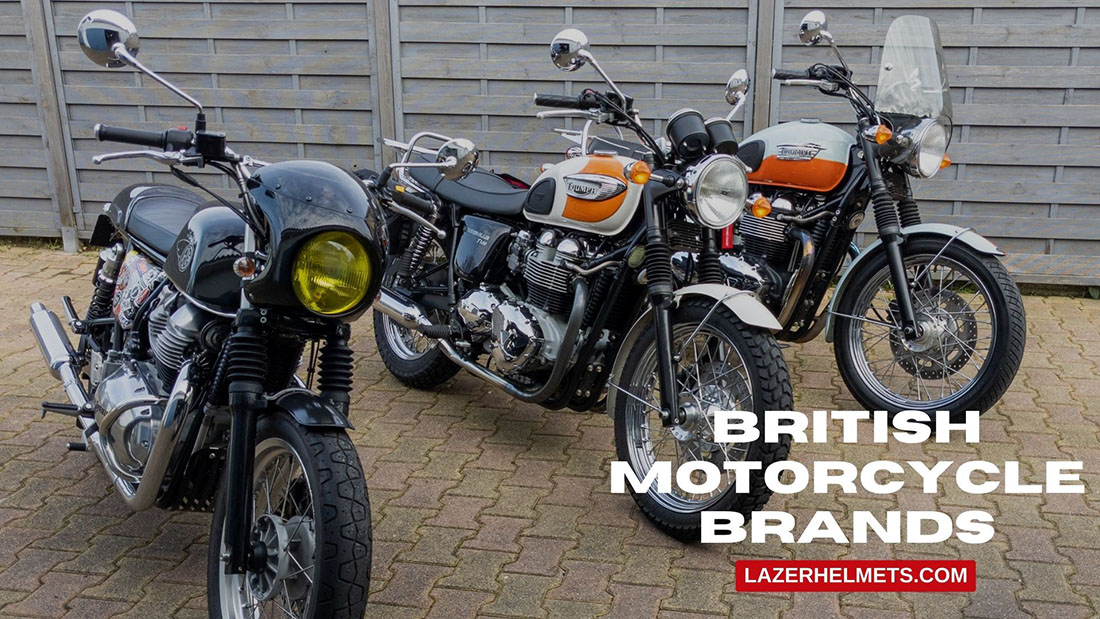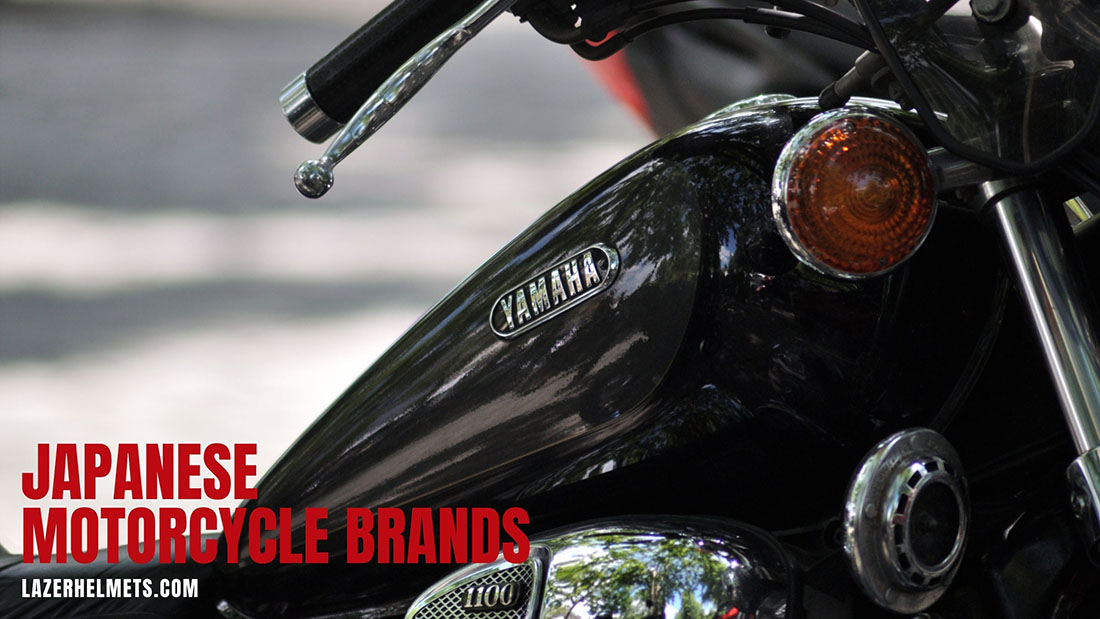What is considered high mileage for a motorcycle? Simply said, different motorbike models have varied gas mileage. It actually depends on elements like the type of bikes, usage, and maintenance. Let’s learn more about the matter with our post!
Table of Contents
What Is High Mileage For A Motorcycle?
A motorcycle would typically travel between 20,000 and 50,000 miles. Most motorcycles are considered old after 50,000 miles. However, this does not imply that they have reached their end at this milestone.
Notice that a motorcycle has a varying lifespan. Many owners who reported their “babies” had served them more than 100,000 miles.
We are still running a 20-year-old Honda Goldwing with over 280,000 miles accumulated. And we continue to put over 6,000 miles on it each year. Consequently, a well-kept bike can last for many years with relatively few mechanical problems.
Their average service life also fluctuates with different motorcycle types and brands:
- Cruiser bikes: 40,000 – 50,000 miles
- Touring bikes: 40,000 – 50,000 miles or even reaching 100,000 miles
- Sports bikes: 25,000 – 50,000 miles (due to extreme conditions)
- Off-road bikes: about 20,000 miles
- Dual-purpose or adventure bikes: 75,000 miles
And here are the average longevity of vehicles from some world-famous names:
- Honda: 150,000 miles
- Yamaha: 75,000 – 100,000 miles
- Triumph: more than 100,000 miles
- Ducati: 80,000 – 100,000 miles
- Suzuki: 70,000 – 100,000 miles
- Harley Davidson: more than 100,000 miles
Factors Affect Motorcycles Lasting Time
Below are the main factors that have tremendous effects on a bike’s average life expectancy.
Type Of Engine
In a crudely simplified manner, greater engine capacities are produced for performance, while smaller-size engines are created for accessibility and efficiency. Note that this doesn’t mean that one bike engine type has a shorter lifespan than the other. Any type of motorcycle engine can survive a long time if it is well-maintained and operated.
A modest engine’s lifespan will be drastically shortened if it is pushed as hard as a superbike. For example, suppose you are riding a 1000cc motorbike and keep high-revving in low gear, similar to when you ride a dirt bike; you are damaging your engines and shortening their lifespan.
Riding Habits
One of the most important factors influencing how long your motorbike engine lasts is probably your riding habits. A road racer who rides aggressively and regularly peaks RPMs is overloading and overstressing the engine of their bike.
Thus, being cautious while driving is a smart move. Given that you comply with the manufacturers’ recommendations, riding your bike frequently is wonderful for the engine’s longevity.
Maintenance And Caring
Following the owner’s manual servicing plan diligently and proactively has a major impact on your bike’s lifespan.
When doing an experiment where one motorbike has a diligent owner who keeps up with motorcycle maintenance while the other is ignored, we notice a significant difference between the average life expectancy of the engines of the two identical year model motorcycles varies significantly.
This means you may maintain your motorcycle engine running for as long as you are with a regular maintenance schedule. It includes all the thorough checks and lubrications described in your owner’s manual, as well as regular oil changes after extended use.
Cooling Method
Motorbike engines that are air-cooled live longer than those that are liquid-cooled because of how they cool. The engine life can be expanded by being aware of the subtleties of each cooling phase and following proper riding etiquette.
For instance, if you have an air-cooled motorcycle model and are stuck in traffic, you can add a few years to the engine’s life by turning it off to prevent overheating from the engine idling without ventilation.
When you maintain a liquid-cooled motorcycle’s coolant condition and level, your motor will receive the same cooling bath whether you are traveling at a fast or moderate speed.
How To Extend The Lifespan Of A Motorcycle
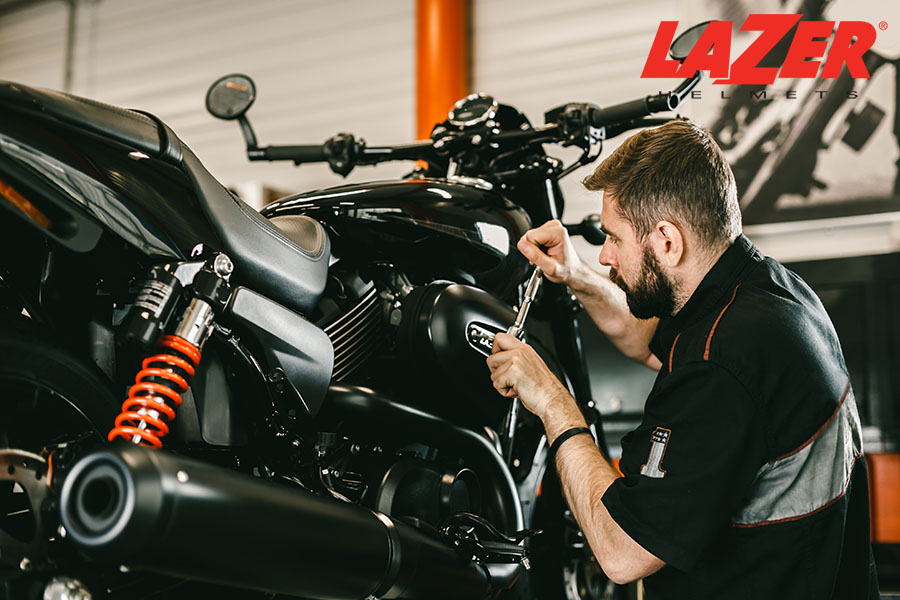
If you believe that leaving your motorcycle in your garage for long periods of time will increase its shelf life, you need to think again. Here is what you can do to lengthen its lasting time.
Have Oil Change Routine
As mentioned before, routine oil changes are required to keep your bike in good condition and lengthen its service life. How frequently you need to replace your oil will depend on the oil type you use.
- 2,000 miles for mineral-based oil
- 5,000 miles for semi-synthetic oil
- 7,000 miles for high-test synthetic oil
For the most precise instructions on changing your motorbike’s oil, always refer to your user handbook.
Proper Storage
It’s never a good idea to ride a motorbike in the cold, and many times when individuals store their motorcycle in a shed or garage, they later discover that it isn’t working properly. A fuel stabilizer should also be used, even if keeping your motorcycle under cover is a crucial first step in good storage.
It’s also important to occasionally let the vehicle engine run for a couple of minutes. This way, you won’t have to be concerned about extra fuel accumulating in your bike’s system.
Replace Parts
You might be startled to learn that, despite how hard you try to maintain your bike, frequent washing can cause the bike components to corrode. This also happens if you ride your bike while it’s raining.
Your motorcycle will heat up, drag, and experience plenty of wear and tear when your brakes are corroded. Thus, to avoid this issue, you need to check the parts regularly and occasionally update your bike’s parts, such as tire pressures, brake pads, tread patterns, etc.
Ride Properly
Although you may not mind driving aggressively or over difficult terrain, your bike probably does. Your vehicle’s lifespan will be shortened if you frequently ride at high speeds or on surfaces other than smooth pavement.
Of course, pushing your motorbike once in a while won’t likely do long-term harm, but doing so excessively will undoubtedly shorten its lifespan. Thus, be cautious of how you treat your bike and how you ride it.
Regular Lubrication
Ensure that the chain has enough slack at all times. Remember that too much stress might wreak havoc on the wheels and the gearbox bearings. After a ride, ensure the chain is lubricated to improve oil absorption.
Other components also need to be adequately oiled in addition to your chain and engine, including the wheel bearings, steering-head bearings, swing arms, and suspension linkages. Check your fork oil as well, and replace it if necessary. A motorcycle’s lifespan can be increased by paying attention to these supplementary components.
Routinely Wash
Regular bike cleaning can prolong the life of your motorcycle. As the dirt accumulates on the bike’s parts, it can easily harm or corrode them, which over time, will impact on how well the bike performs.
Rusting is brought on by dirt absorbing water and adhering to metal parts. Because of this, if you routinely wash your motorcycle, the dust and dirt might not go inside the engine. Generally speaking, you should properly clean your bike every two to three months.
Frequently Asked Questions
What Is Considered High Mileage For A Motorbike?
20,000 to 30,000 miles is a bit excessive for compact sports bikes. Motorcycle mileage of 50,000 miles and higher is considered excessive for larger bikes. That being said, a properly maintained bike can endure well over 100,000 miles.
What Is The Mileage Limit For A Motorcycle?
It depends on the motor brand and model. Still, most bikes have a mileage limit of around 100,000 miles. Still, we have to remind you that it doesn’t necessarily imply the life of your car is over, though, whether you get there in two or ten years.
What Is Decent Mileage For A Used Motorcycle?
Suppose you’re referring to a motorcycle intended for regular street use. In that case, you might reasonably presume that any motorcycle with fewer than 10,000 miles on the odometer is considered low mileage and still has plenty of remaining life.
The majority of contemporary motorcycles should be alright after 20,000 miles in terms of high mileage.
The Bottom Line
Keep in mind that the type and level of maintenance you put into determine the highest mileage for motorcycles. A machine with poor maintenance would not last very long. And don’t ever insist on using a too-old motorbike without an upfront checkup.
See more:

